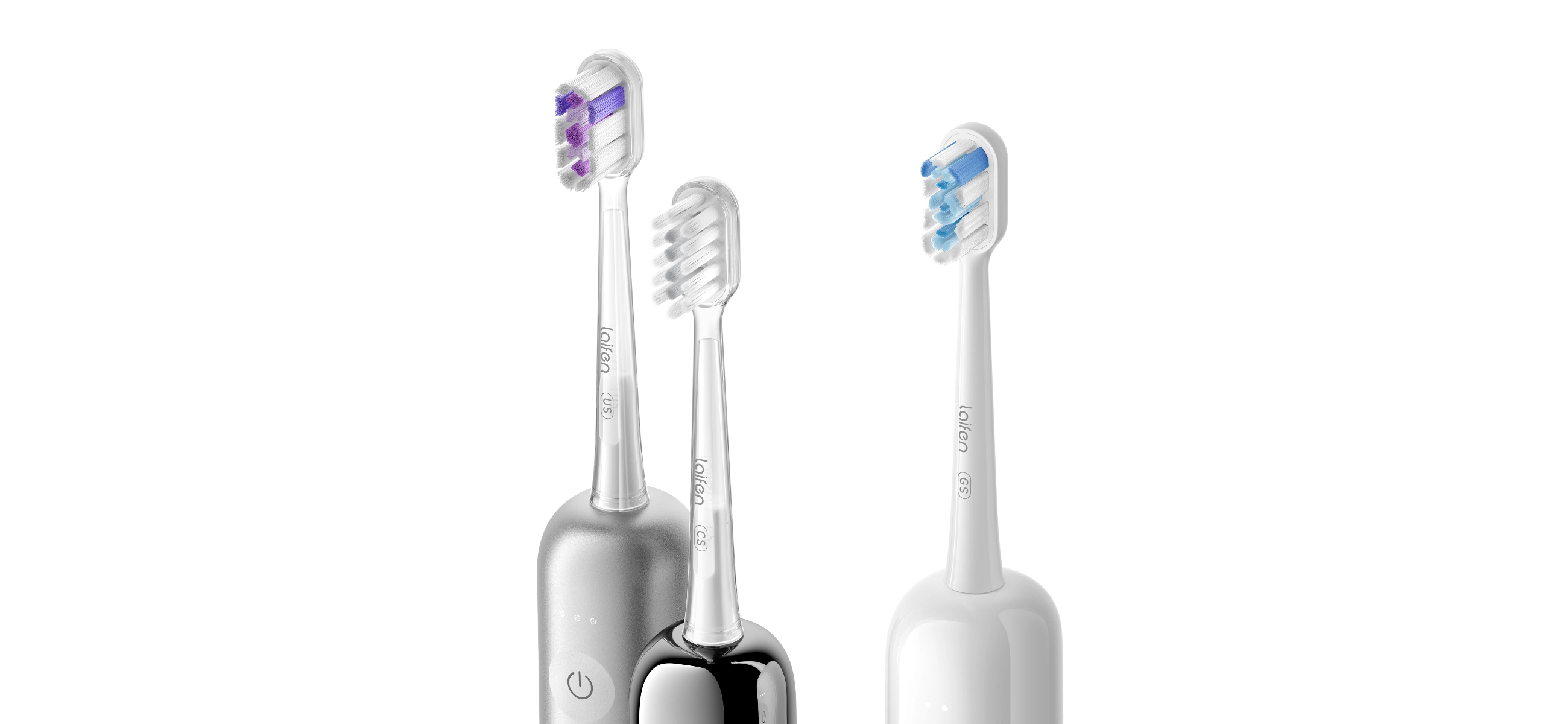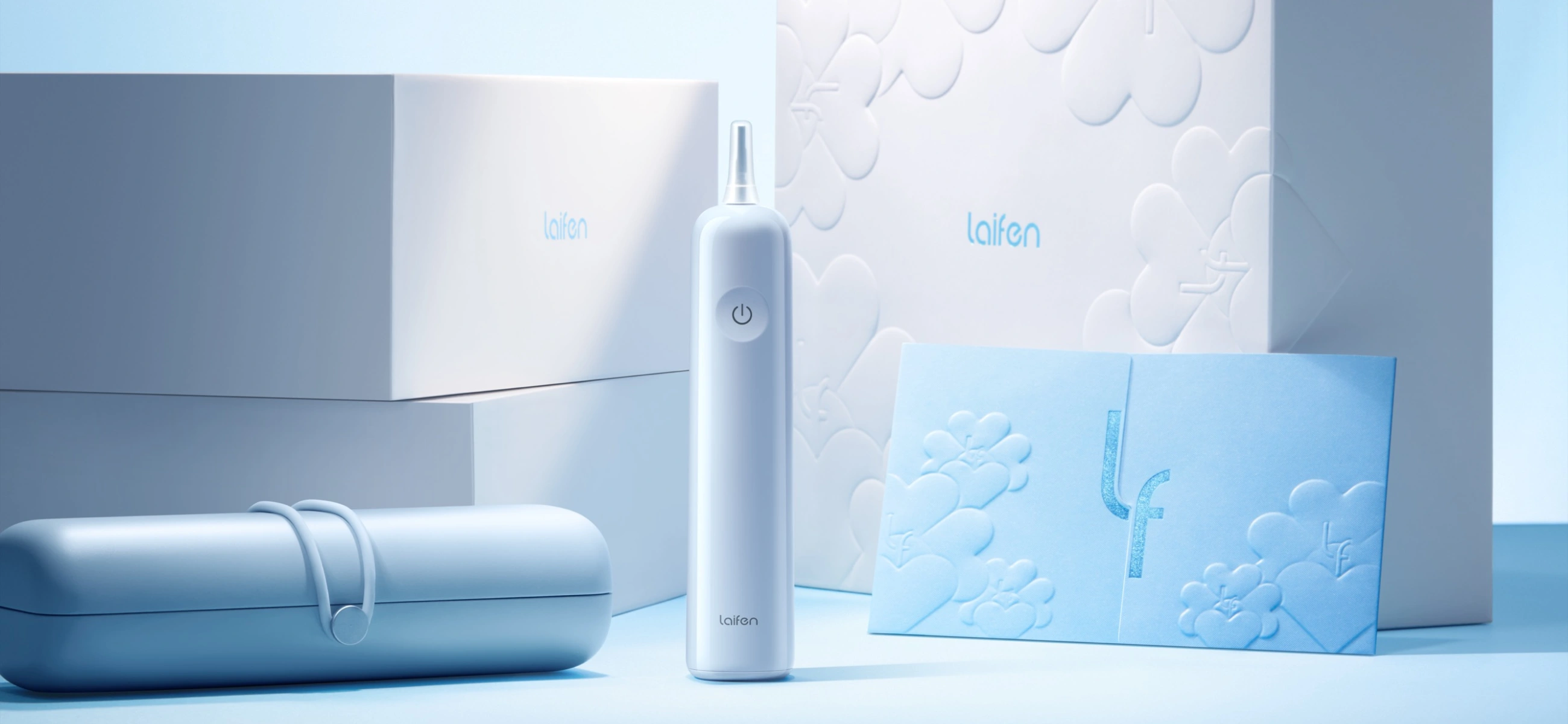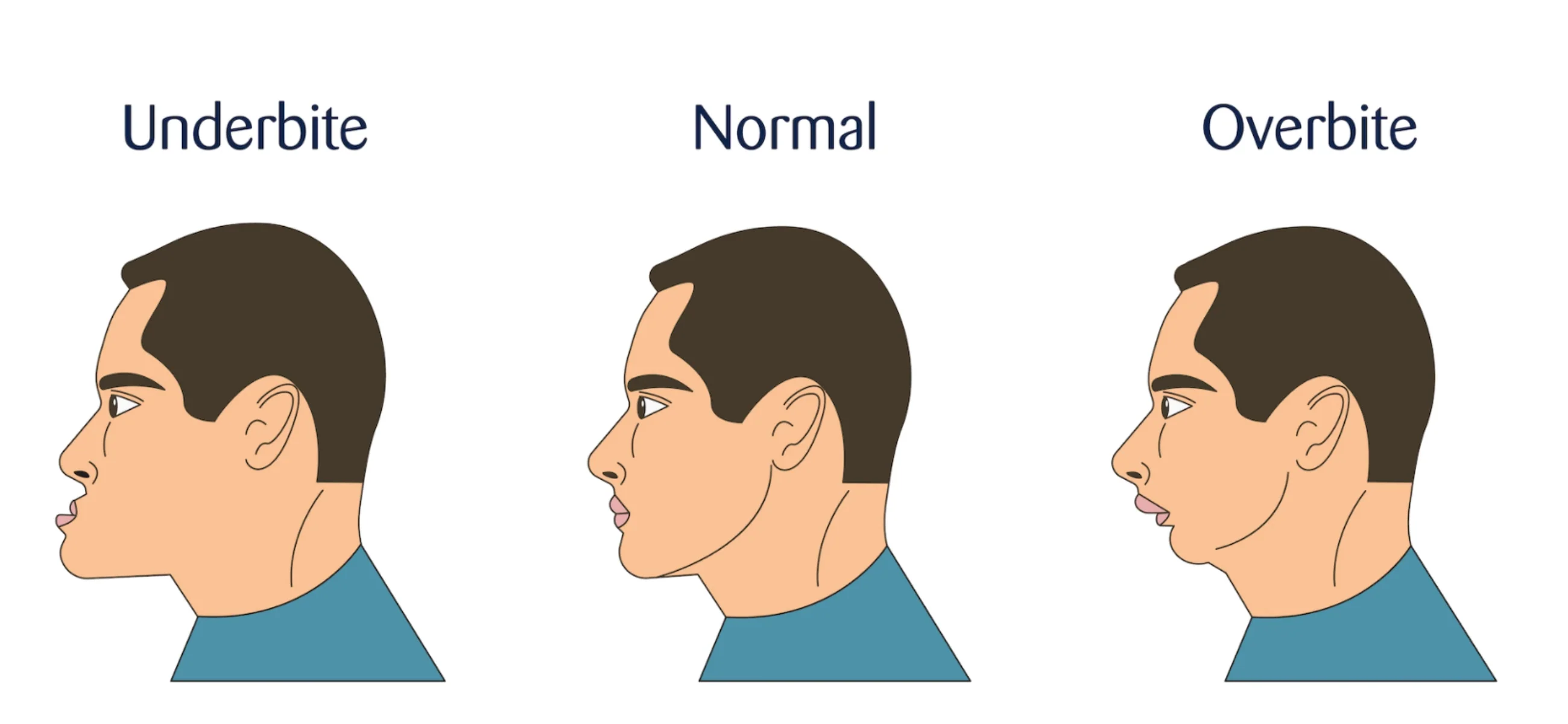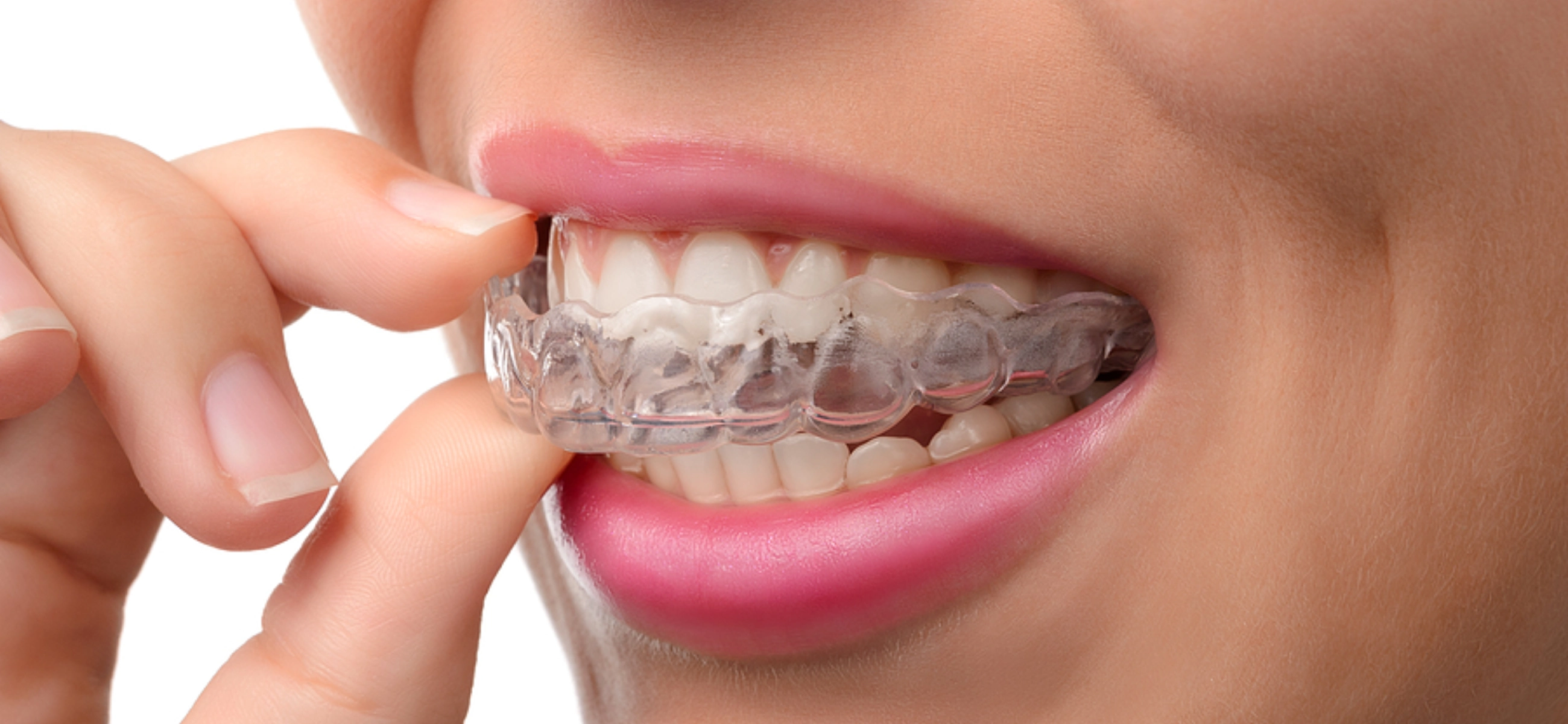Mothball breath falls into the category of unpleasant breath odors, but it’s unique because it resembles the smell of mothballs. It because it can be quite embarrassing and affect social interactions.
Want to know the causes of bad breath, oral hygiene tips, and remedies for specific odor types? And bingo! We’ll discuss these topics. By learning more about it, you can take steps to freshen their breath and feel more confident in social situations.
What is mothball breath?
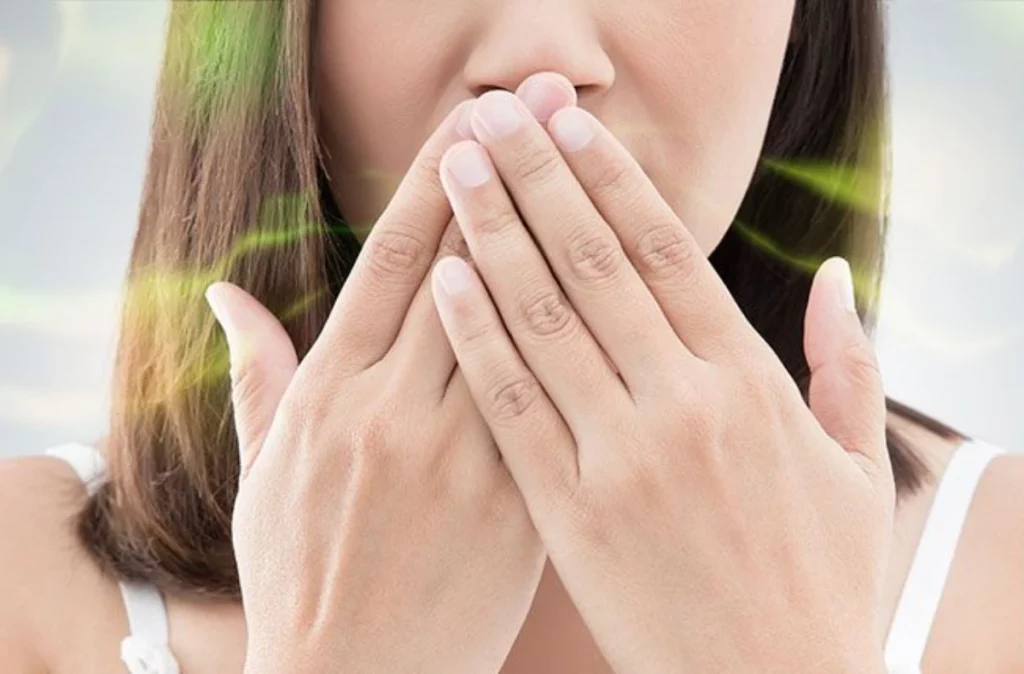
“Mothball breath” is a variant of halitosis, or bad breath, characterized by a peculiar odor reminiscent of mothballs. While halitosis can stem from various factors such as poor oral hygiene, dry mouth, or underlying health conditions, “mothball breath” indicates specific dietary choices or metabolic processes. It may also result from bacterial overgrowth in the mouth and results in the production of sulfur compounds that emit the distinct odor.
What causes mothball breath?
“Mothball breath” can be caused by several factors, including:
- Eat certain foods with strong, pungent odors, such as garlic, onions, or heavily spiced dishes.
- Reduce saliva flow, often caused by dehydration, mouth breathing, or certain medications, can create an environment conducive to bacterial growth and makes unpleasant breath odors resembling mothballs.
- Bacteria in the mouth can metabolize food particles and dead cells, producing foul-smelling compounds, including sulfur compounds.
- Poor oral caring, such as infrequent brushing and flossing, can allow bacteria to accumulate in the mouth and cause plaque buildup, gum disease, and bad breath.
- Medical conditions, such as sinus infections, respiratory infections, gastrointestinal issues like acid reflux, or metabolic disorders.
Mothball breath signs
Here is my experience. One day, I woke up feeling sluggish, like I hadn’t slept at all. As I stumbled into the bathroom and began brushing my teeth, I noticed this weird smell – kind of like mothballs. I brushed it off, thinking it was just morning breath.
But as the day went on, that strange odor stuck around. No matter how many times I brushed my teeth or used mouthwash, it wouldn’t go away. It made me feel self-conscious, especially at work when I noticed my colleagues giving me space during conversations.
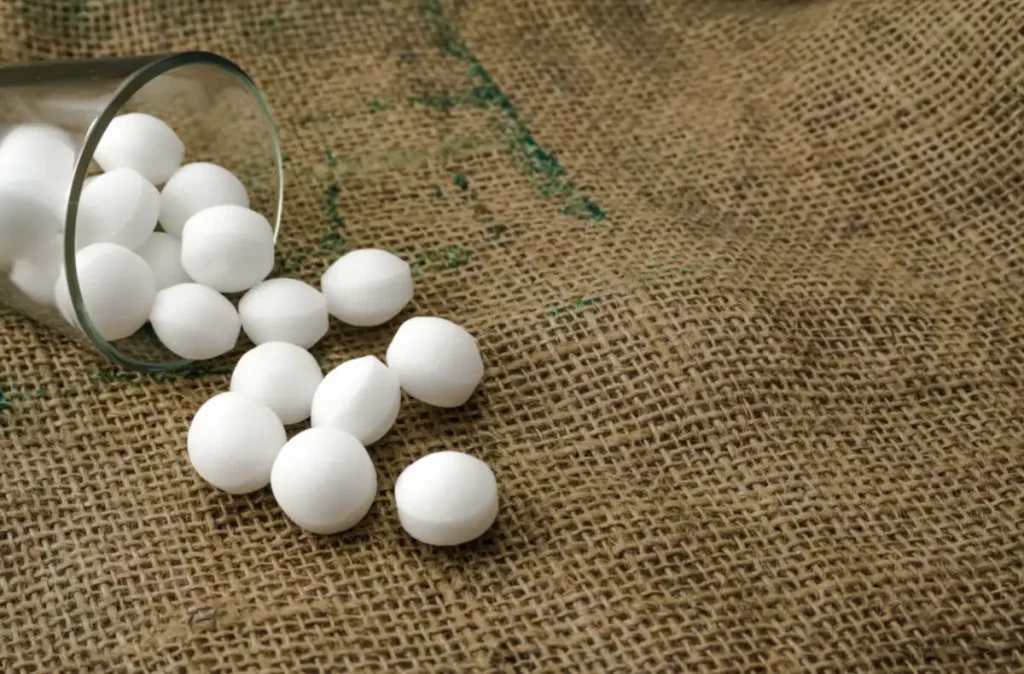
The dry, sticky feeling in my mouth was getting worse, and there was this odd taste lingering in the back of my throat. It wasn’t until I mentioned it to my dentist that I learned about “mothball breath” and how to tackle it.
Learning about the causes and solutions for my unusual breath odor was a game-changer. With some adjustments to my oral care routine and diet, I finally managed to kick that mothball smell to the curb and regain my confidence.
Are mothballs toxic to breathe?
Mothballs contain toxic chemicals, such as naphthalene or paradichlorobenzene, which are released into the air as vapor to repel moths and other insects. Inhaling these vapors over an extended period or in high concentrations can be harmful to human health.
Short-term exposure to mothball vapors may cause symptoms such as headache, dizziness, nausea, vomiting, and irritation of the eyes, nose, and throat.
In severe cases or with prolonged exposure, inhaling mothball vapors can lead to more serious health issues, including damage to the liver, kidneys, or nervous system.
Furthermore, mothballs are particularly dangerous for children and pets, who may mistake them for candy or toys and ingest them, leading to poisoning.
Know about mothball breath cancer
Some chemicals found in mothballs, such as naphthalene or paradichlorobenzene, have been associated with health risks, including cancer, when ingested or inhaled in large quantities over extended periods. These chemicals can release toxic vapors into the air, which may pose health hazards, especially in poorly ventilated areas. And there is no direct evidence to show this breath and cancer up to now.


